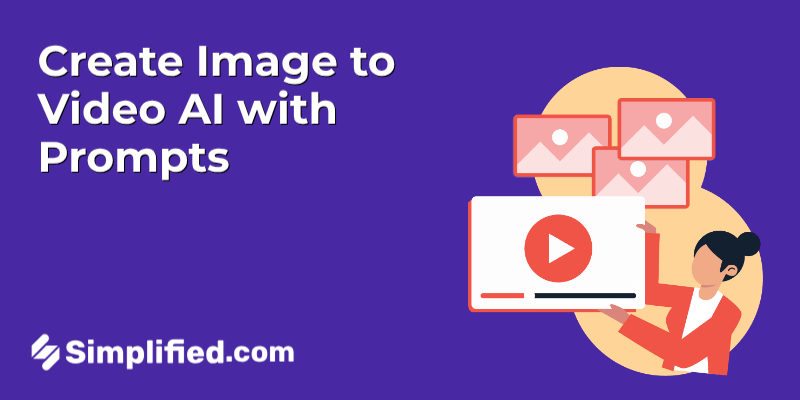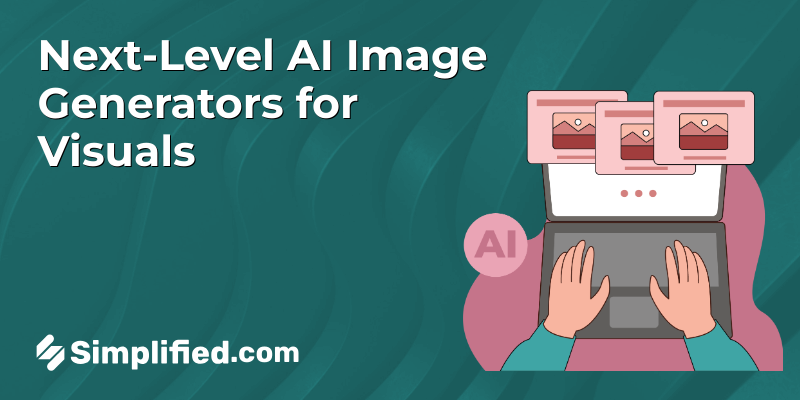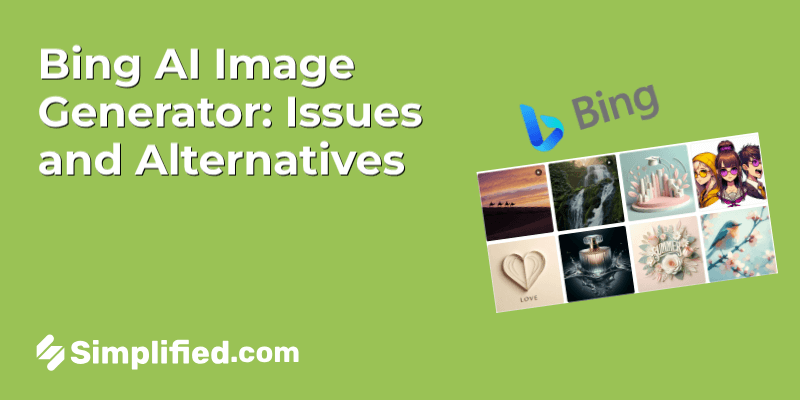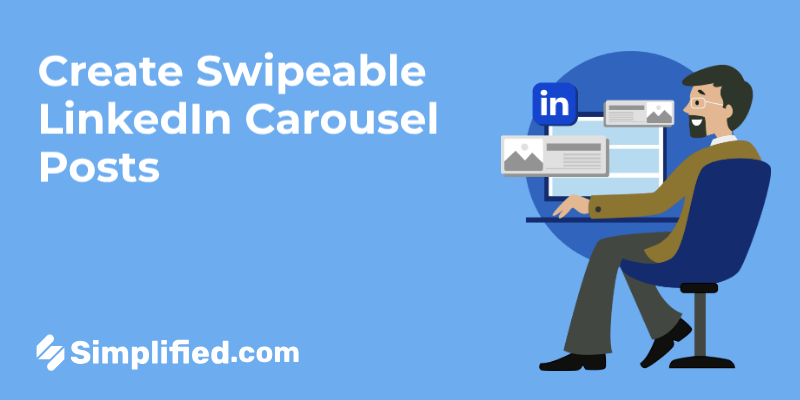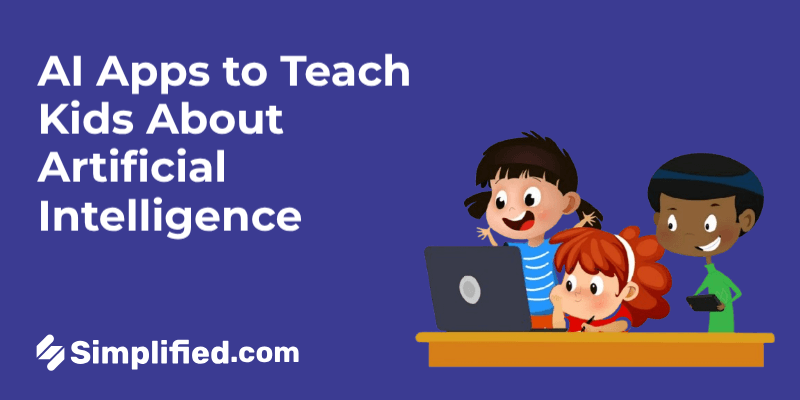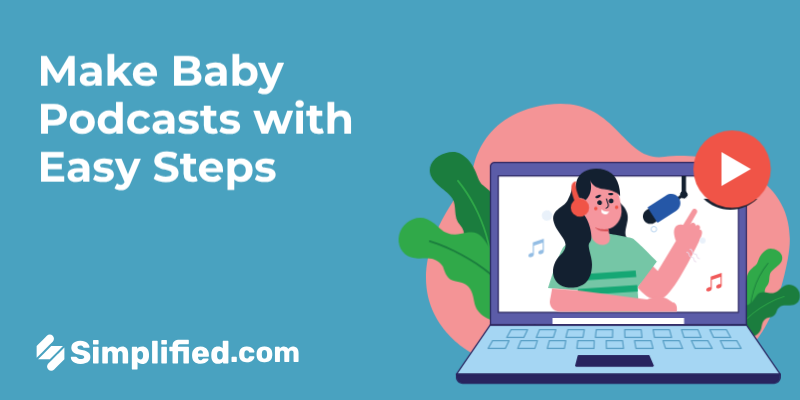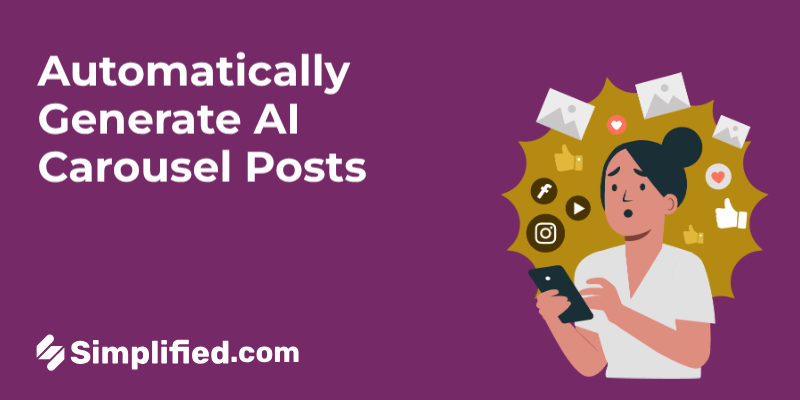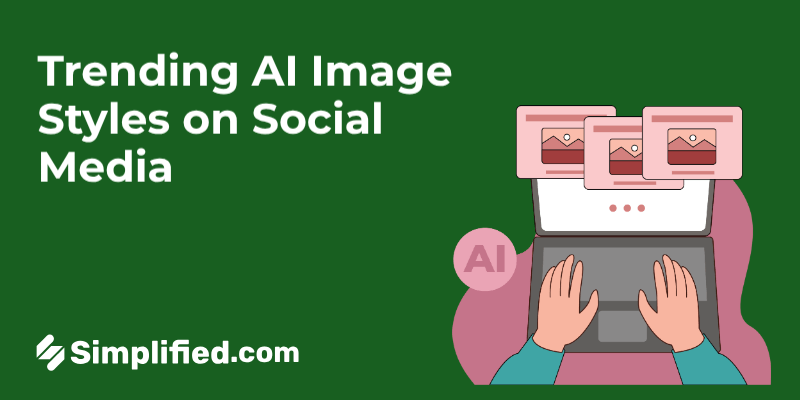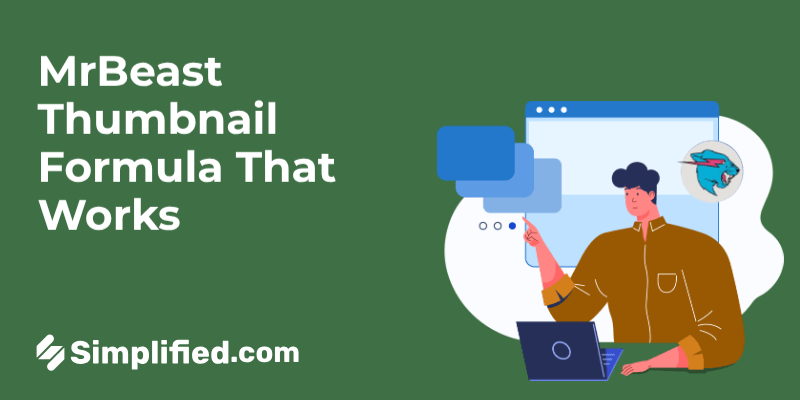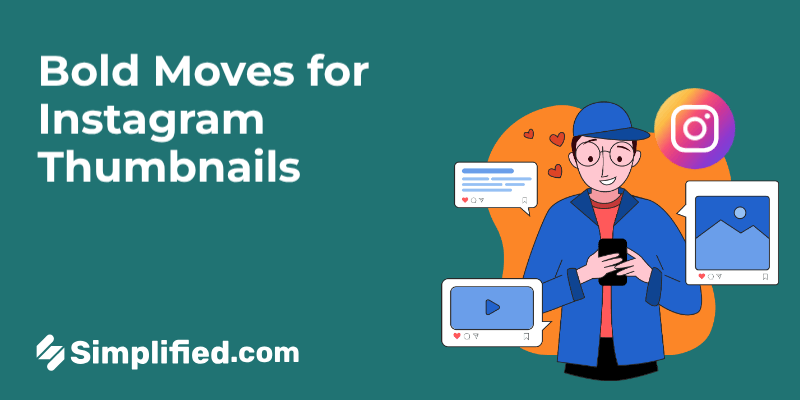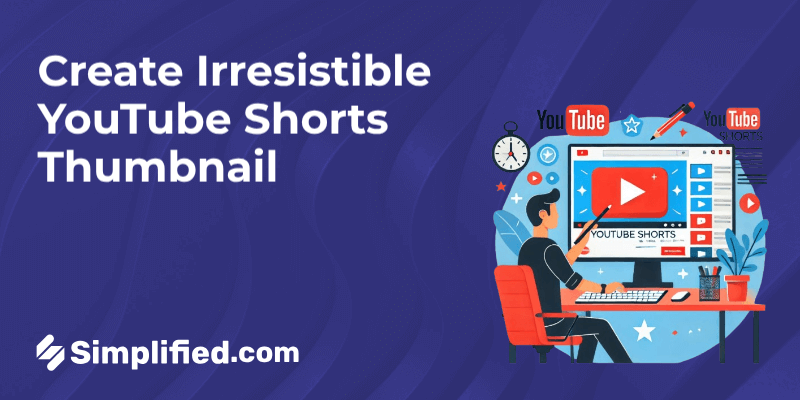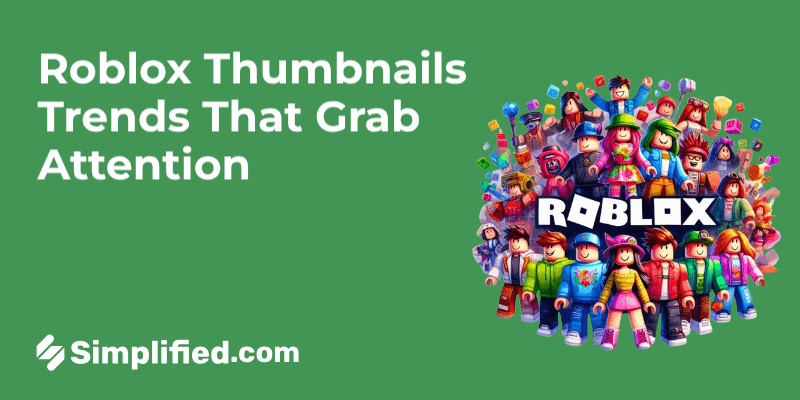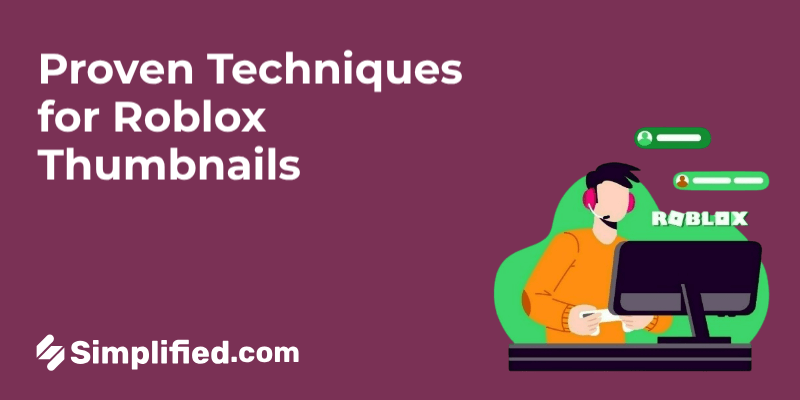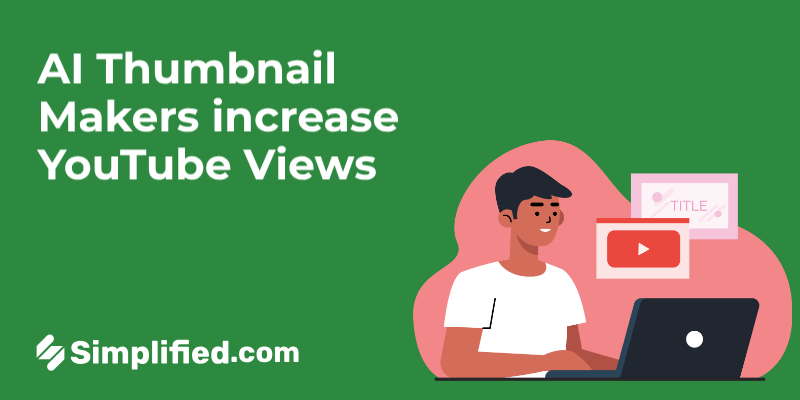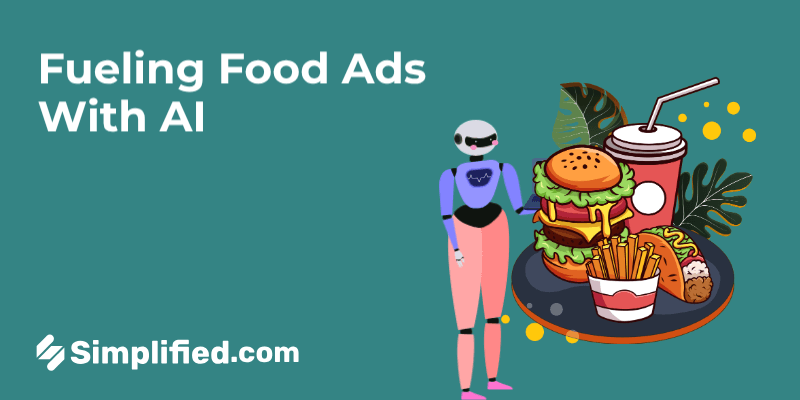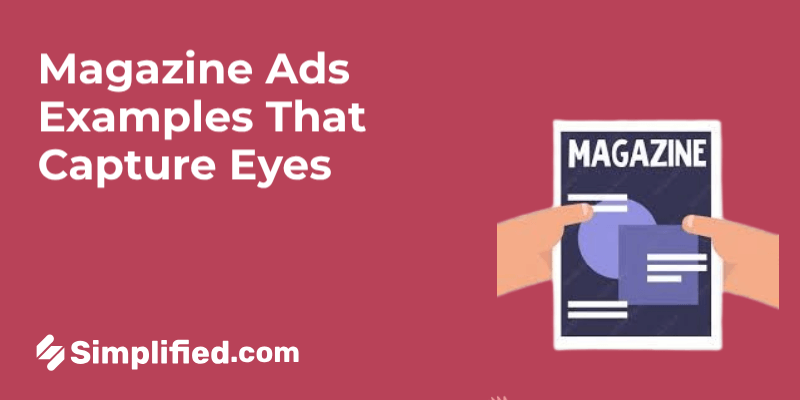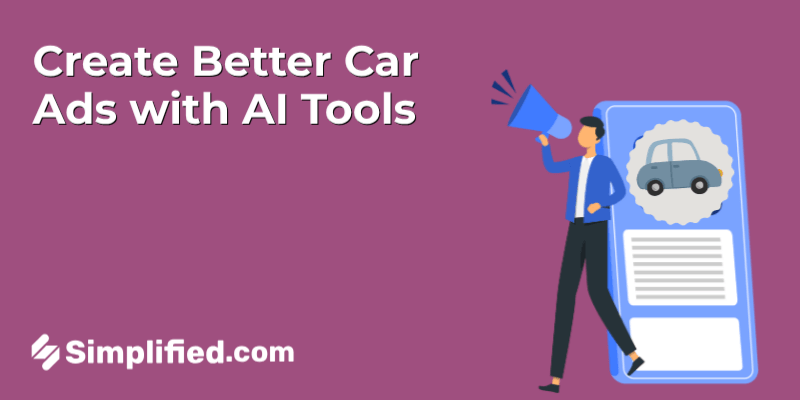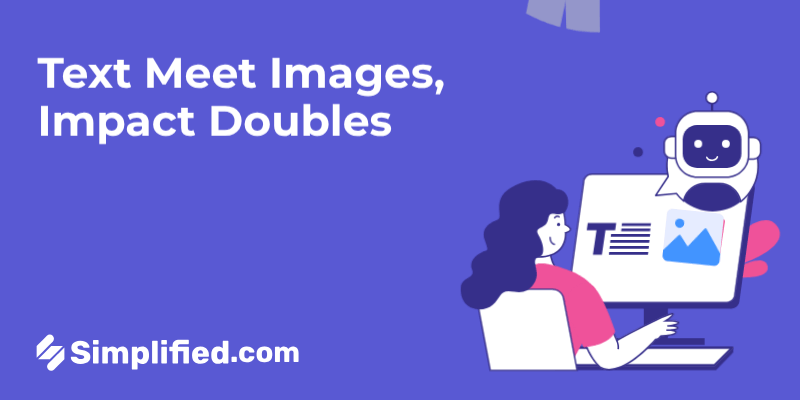
Image and text should be combined in a smart way as this is the most important part of good designing. It does not matter whether it is social media, a web site, a presentation, or an advertisement, combinations of good words and visuals can either break your message or make it.
Properly used, text and images provide harmony and make understanding better and attention-getting. When they are done, badly they might lead your audience to be confused, or appear bad.
This guide will help you learn effective ideas and examples of communicating using text and picture combinations so that you could enhance your communication better, not to lose your idea and make all your designs noticeable.
Why Text and Image Integration Is Important
Text and images are two powerful tools, but together they create more impact than either alone. Images attract attention and evoke emotions, while text explains and clarifies the message.
When integrated well:
- They create a professional and polished design.
- They make your message clear and easy to understand.
- They guide the viewer’s eye and keep them engaged.
The Science Behind Visual Processing
Our brains are visual powerhouses. Studies show that we process visuals 60,000 times faster than text. Images are directly routed to the amygdala, the emotional center of the brain, making them more memorable. This is why visual content is so effective at capturing attention and creating lasting impressions.
Consider how quickly you can grasp the meaning of an infographic compared to reading a lengthy report. Visuals allow us to bypass the slower, more analytical parts of our brain and tap into our natural pattern-recognition abilities.
Why Pair Text with Images?
Grabbing Attention in a Noisy World
Let’s face it, we’re bombarded with information every single day. Think about scrolling through social media – it’s a never-ending stream of posts, ads, and updates. How do you make your content stand out? Images are your answer. A compelling visual can stop someone mid-scroll and draw their attention to your message. Without that initial visual hook, your carefully crafted text might simply get lost in the noise.
Conveying Complex Information Quickly
Sometimes, explaining a complex concept with words alone can be challenging. That’s where images come in handy. Think of infographics, charts, or diagrams. They can present data and relationships in a way that’s much easier to grasp than reading paragraphs of text. Visuals allow people to process information faster and more efficiently.
For example, instead of describing the steps in a process, a flowchart can illustrate it clearly and concisely.
Reinforcing Your Message for Better Recall
Want people to remember what you’re saying? Pair your text with relevant images. Studies have shown that people remember information better when it’s presented both visually and verbally. The image acts as a visual cue that triggers recall of the associated text. So, if you want your message to stick, don’t rely on words alone – use images to reinforce your points.
Creating an Emotional Connection with Your Audience
Images have the power to evoke emotions in a way that words sometimes can’t. A carefully chosen photograph or illustration can create a sense of joy, sadness, excitement, or empathy. By tapping into these emotions, you can create a stronger connection with your audience and make your message more impactful. Think about advertisements that use heartwarming images of families or stunning landscapes – they’re designed to create an emotional response that resonates with viewers.
Best Practices for Combining Text and Images
Selecting the Right Images: Relevance and Quality
Choosing the right images is more than just picking something that looks nice; it’s about making a connection with your audience. The image should directly relate to your text, adding depth and context. A high-quality image shows professionalism and attention to detail, which reflects well on your message.
For instance, if you’re writing about sustainable living, a picture of a lush green forest or a person using reusable bags at a market would be much more fitting than a generic stock photo of a city skyline.
Text Readability: Font Choice, Size, and Placement
Your words matter, but how they look matters just as much. Select fonts that are easy to read and appropriate for your audience. Sans-serif fonts like Arial or Helvetica are often good choices for digital content, while serif fonts like Times New Roman can work well in print.
Size is also crucial; make sure your text is large enough to be read without straining the eyes. Placement is key too. Avoid putting text over busy or distracting parts of an image. Instead, use areas with solid colors or less detail to ensure your message stands out. Think about using a semi-transparent background behind your text to make it pop.
Color Contrast and Visual Hierarchy
Color contrast is your friend when it comes to making text readable against an image. Light text on a dark background, or vice versa, usually works best. Visual hierarchy helps guide the viewer’s eye through your design. Use size, color, and placement to indicate which elements are most important.
For example, a large, bold headline in a contrasting color will immediately draw attention, followed by smaller supporting text. Imagine you’re designing a poster for a concert. The band’s name should be the largest element, followed by the date and venue in a slightly smaller font, and then ticket information in the smallest.
Creating Balance: White Space and Composition
Don’t overcrowd your design! White space, also known as negative space, gives the eye a place to rest and helps to balance the overall composition. Think of it as breathing room for your design elements. Composition refers to how you arrange the different parts of your design. A well-composed image and text combination feels harmonious and pleasing to the eye.
Try using the rule of thirds, which involves dividing your design into a 3×3 grid and placing important elements along the lines or at the intersections. This can create a more dynamic and visually interesting layout.
Optimizing for Different Platforms (Web, Social Media, Print)
What works on a website might not work on Instagram, and what looks good in print might be illegible on a phone screen. Always consider the platform when combining text and images. For web use, ensure your images are optimized for fast loading times.
On social media, use visuals that are attention-grabbing and sized appropriately for each platform. In print, focus on high-resolution images and crisp, clear text. If you’re creating content for both web and print, you might need to create different versions to ensure the best possible experience for your audience on each medium.
For example, a high-resolution image is crucial for print, while a compressed image is better for web to maintain page speed.
Common Mistakes to Avoid

Poor Image Quality or Resolution
Ever seen a billboard with a blurry picture? Doesn’t exactly inspire confidence, does it? The same goes for your visual content. Using low-resolution images can make your designs look unprofessional and pixelated, especially on larger screens. Always opt for high-quality images that are crisp and clear, no matter where they’re displayed. Think of it this way: your images are often the first thing people notice, so make sure they’re making a good impression.
Overcrowding the Design with Too Much Text
Less is often more, especially when it comes to design. Cramming too much text into a small space can overwhelm your audience and make it difficult for them to understand your message. Prioritize key information and use concise language. White space is your friend – it helps to create a clean and visually appealing layout that allows the important elements to stand out. Ask yourself, “What’s the single most important thing I want people to take away from this?” and build your design around that.
Ignoring Color Contrast and Readability
Imagine trying to read white text on a light gray background – not fun, right? Poor color contrast can make your text difficult to read, especially for people with visual impairments. Always ensure that there is sufficient contrast between your text and background colors.
Use color palettes strategically to guide the viewer’s eye and create a visually harmonious design. A good rule of thumb is to test your designs with different color combinations to see what works best.
Using Irrelevant or Distracting Images
An image should always support and reinforce your message, not detract from it. Using irrelevant or distracting images can confuse your audience and dilute your message. Choose images that are relevant to your content and that help to convey your intended meaning. Make sure the images are appropriate for your target audience and the overall tone of your brand. A picture might be worth a thousand words, but only if they’re the right words!
Neglecting Mobile Optimization
In today’s mobile-first world, it’s crucial to ensure that your visual content looks great on all devices, especially smartphones and tablets. Neglecting mobile optimization can result in designs that are difficult to view or interact with on smaller screens. Use responsive design principles to create layouts that adapt to different screen sizes.
Test your designs on various devices to ensure that they look and function as intended. Remember, a large portion of your audience is likely viewing your content on mobile devices, so don’t leave them with a subpar experience.
Real-World Examples of Designs

Website Design: Showcasing Products and Services
Think of your website as your digital storefront. The design should immediately communicate what you offer. For instance, an e-commerce site selling handcrafted jewelry will use high-quality images and a clean layout to highlight the intricate details of each piece.
A restaurant’s website might feature appetizing photos of their dishes and an easy-to-navigate menu. The key is to make it easy for visitors to find what they’re looking for and entice them to take action, whether it’s making a purchase or booking a reservation.
Social Media Graphics: Driving Engagement
Social media is all about grabbing attention quickly. Your graphics need to be visually appealing and informative. Consider a non-profit organization promoting a fundraising event. They might use a graphic with a compelling image, clear text outlining the event details, and a strong call to action, like “Donate Now.” A fitness coach could share workout tips using short, animated graphics that are easy to understand and shareable. The goal is to create content that resonates with your audience and encourages them to interact with your brand.
Presentation Slides: Making Data Digestible
Presentations often involve complex information, so design plays a crucial role in making it understandable. Instead of overwhelming your audience with walls of text, use visuals like charts, graphs, and icons to represent data.
For example, if you’re presenting sales figures, a well-designed bar graph can quickly illustrate trends and comparisons. Use a consistent color scheme and font throughout your slides to maintain a professional look. Remember, the design should support your message, not distract from it.
Infographics: Telling Stories with Visuals
Infographics are great for presenting information in a visually engaging way. They combine text and graphics to tell a story or explain a concept. Imagine a company creating an infographic about the benefits of using their product. They could use icons, illustrations, and short paragraphs to highlight key features and benefits, making the information easy to digest and remember. A well-designed infographic can be shared widely, increasing brand awareness and driving traffic to your website.
Marketing Materials: Capturing Attention
Marketing materials, like brochures and flyers, need to grab attention and communicate your message quickly. A real estate company might create a brochure showcasing a new property with stunning photographs, floor plans, and compelling descriptions. A local coffee shop could design a flyer advertising a special promotion, using vibrant colors and mouth-watering images of their drinks and pastries. The design should reflect your brand’s personality and entice potential customers to learn more about your offerings.
Tools and Resources to Create Text-Image Designs
You don’t have to be a professional designer to create beautiful visuals that blend text and images effectively. With the right tools, anyone can produce polished, engaging designs.
- Design Platforms: Use beginner-friendly tools like Simplified, or Adobe Express, which offer templates specifically designed for adding text to images. These platforms often include pre-made layouts, font pairings, and even stock photos you can customize.
- Photo Editors: For more control, programs like Simplified AI Photo Editor, Photoshop or GIMP let you adjust every detail — from kerning to shadow effects — so your text integrates seamlessly into the image.
- Font Libraries: Websites like Google Fonts, Font Squirrel, or DaFont offer thousands of free and premium fonts to match the tone of your message.
- Stock Image Sources: Make sure you’re using high-quality, royalty-free images from sites like Unsplash, Pexels, or Pixabay to ensure your visuals look professional and are legally safe to use.
Visual Example Idea:
Picture a clean Simplified workspace on your screen, where someone is dragging text that says “Dream Big” onto a vibrant cityscape photo. The platform suggests font styles and colors that complement the photo perfectly — no guesswork needed.
Conclusion: Craft Designs That Speak Volumes
Combining text and images isn’t just decoration — it’s communication at its best. When done thoughtfully, it helps your audience absorb, feel, and remember your message. Whether you’re designing for a website, a presentation, or a social media post, the harmony between your words and visuals can make all the difference. Keep experimenting, keep refining — and watch your designs truly connect with people.

